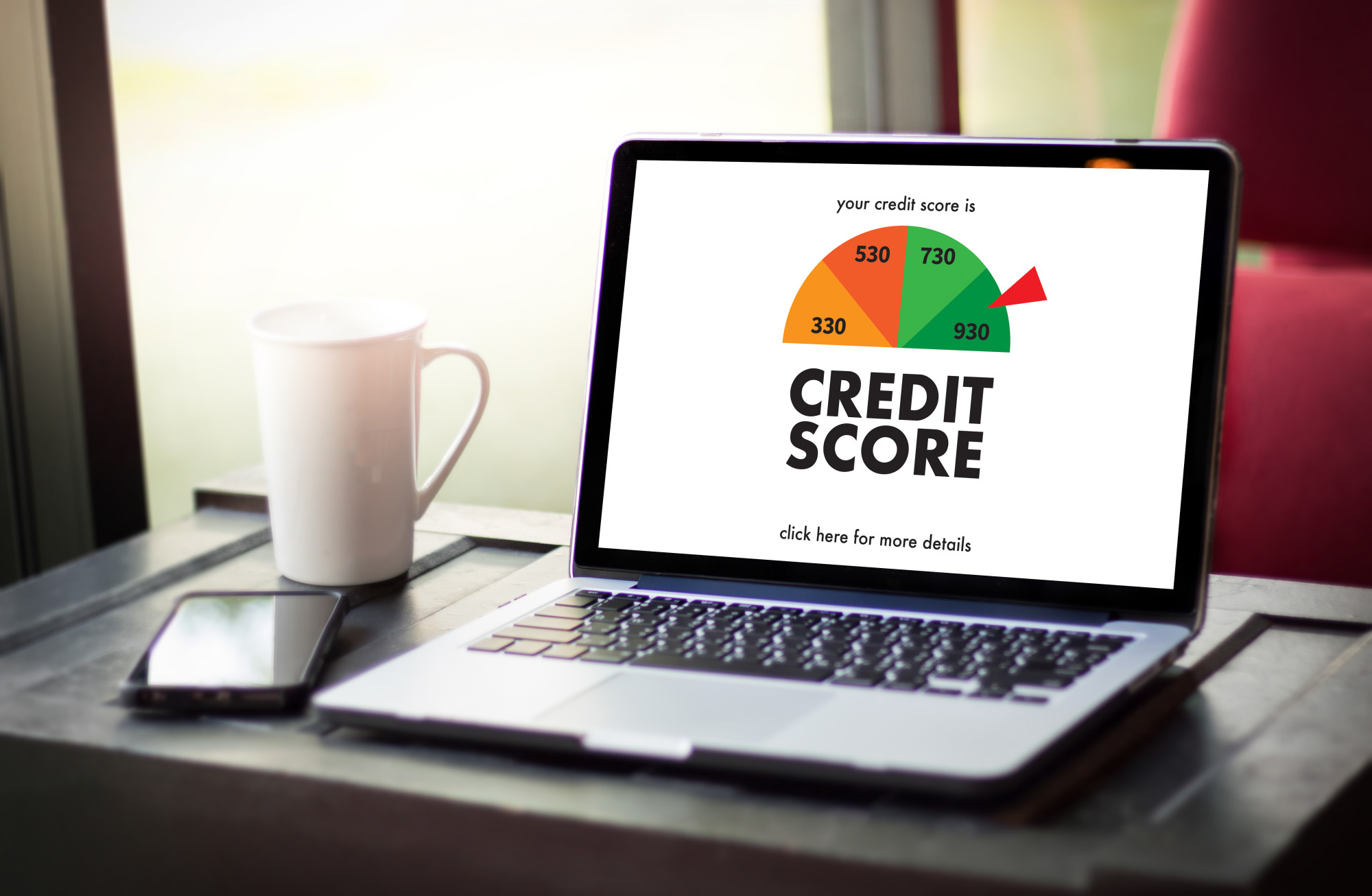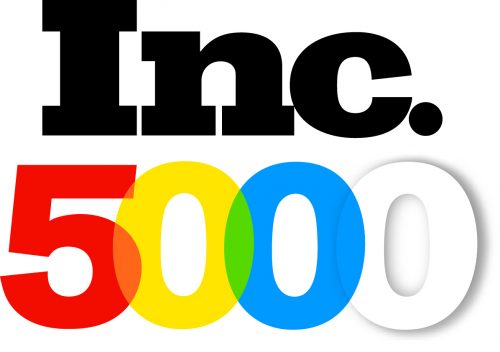The bills were piling up and you realized that your debt obligations were getting too high to bear. So, you made a smart move and decided to pursue a debt consolidation loan.
However, there’s one tiny thing getting in your way of securing the debt help you need. Actually, it’s three things: the numbers in your credit score.
If your FICO credit score falls below 670, it’s generally considered “fair”. If it dips below 580, it becomes “poor”. Both can make you appear less reliable to a lender and hurt your chances of getting the consolidation loan you need.
You can improve your credit score, but you need to know where to begin. Today, we’re sharing five steps to take to get your credit back on track, reduce your debt burden, and achieve financial security.
1. Double-Check Your Credit Report
Are you surprised by your bad credit score? If so, it’s important to make sure it’s accurate before you take action.
Per federal law, you are allowed to obtain one free report per year from each of the three main credit reporting bureaus, including:
- Equifax
- Experian
- TransUnion
Take advantage of this resource and compare your credit reports across each bureau. If you notice any discrepancies, errors or omissions, you can contact the bureau to learn more and get additional details. While credit scores are usually reliable indicators of your financial standing, they are not failsafe.
Some of the most common errors that can occur include:
- Incorrect identification information
- Wrongly assigned accounts (usually due to name mixups)
- Incorrect reports of account status (e.g. open accounts marked as closed)
- Incorrect account balances
It’s always worth reading your reports with a fine-toothed comb to make sure every line is correct.
2. Don’t Stall on Your Bills
Especially when you’re swimming in debt, it’s tempting to let your monthly bills and invoices pile up on the kitchen counter. Yet, doing so can work against you.
Your credit score largely hinges on your payment history. If you’re used to making late payments or waiting more than 30 days to mail in a check, this can be a major red flag to any lender, who naturally wants to get paid on time.
While you might not be able to change your past missteps, make it a point to only charge what you can afford to pay back in a timely manner. Rather than spending beyond your means, keep your monthly payments in mind as you shop.
It can also help to set up payment reminders on your smartphone calendar. Or, you can have certain payments, such as your auto loan and mortgage, automatically draft out of your checking account at a certain time each month. This way, you don’t have to worry about the logistics of remembering and paying on your own.
3. Lower Your Credit Card Balances
Another factor that heavily influences your credit score? Your debt-to-credit ratio.
In short, this ratio measures how much revolving credit you’re using compared to your total credit limit. It’s usually expressed as a percentage.
If you’re accustomed to racking up massive credit card bills and only paying the minimum amount due every month, it’s time to make a change. Your ratio is likely far too big, which can make lenders suspicious and less likely to work with you. Ideally, try to keep this number at or below 30%.
How can you lower it? The steps are surprisingly simple but take dedication.
Freeze unnecessary spending and for the next few months, and focus intently on paying down your credit card balances. Remember that the goal is to minimize your debt-to-credit ratio, so resist the urge to close any old credit cards with high balances. For now, keep them open but don’t rely on them, as they can help increase your total amount of credit available.
4. Don’t Abandon Your Credit Card
The quickest way for creditors to update your report with new and updated information is to avoid eschewing your credit cards altogether.
While you might prefer to pay with cash only as you enter this season of saving, a few responsibly-used credit cards can help get your score where you want it to be.
As long as you’re not carrying a balance and you make it a point to pay your card off in full at every payment period, this step can help you build and strengthen your credit history. Just avoid making big-ticket purchases that you can’t afford to cover right now, such as an entertainment center!
5. Pay Down Your Debt
As long as your cash flow is positive, another important step you can take to improve your credit score is to start paying down your debt.
There are two general ways you can approach this effort:
- Debt avalanche method
- Debt snowball method
With both methods, you’ll make the minimum required payments on each debt, every month.
With the debt avalanche method, you’ll then use any extra funds to pay off the credit card that holds the highest annual percentage rate (APR). With the debt snowball method, you’ll use those extra funds to pay down the card that holds the lowest balance.
Each approach requires you to continue the cycle once the first debt is paid in full. For instance, if you pay your highest-APR card with the debt avalanche method, your next step is to pay off the second-highest-APR card and so forth.
Improve Your Credit Score, One Step at a Time
It can be frustrating if your debt consolidation loan application was rejected due to your credit score. The good news is that there are some lenders who are willing to work with applicants who are actively trying to improve their score, no matter how poor it might be.
Still, those agreements can come with higher interest rates and more restrictive terms. Your best bet is to look for ways to improve your credit score, even if it takes a little longer than you expected.
Along the way, we’re here to help. Our platform connects users with the debt consolidation offers that are best-matched to their situation. Get started today to see yours!




